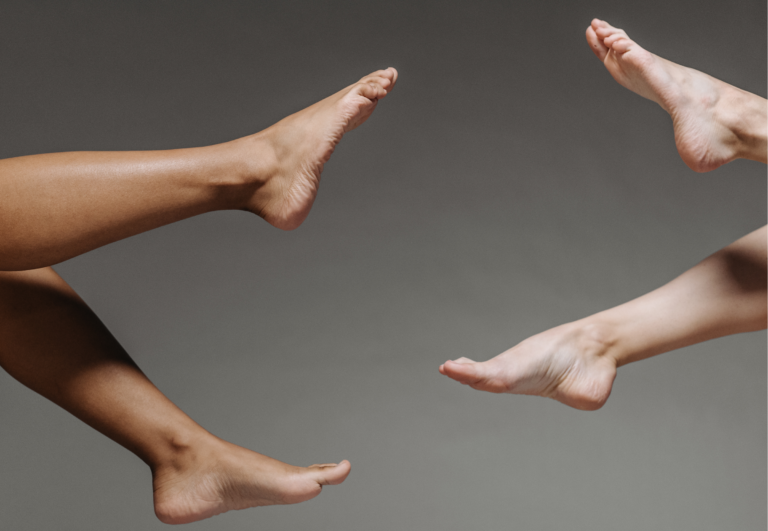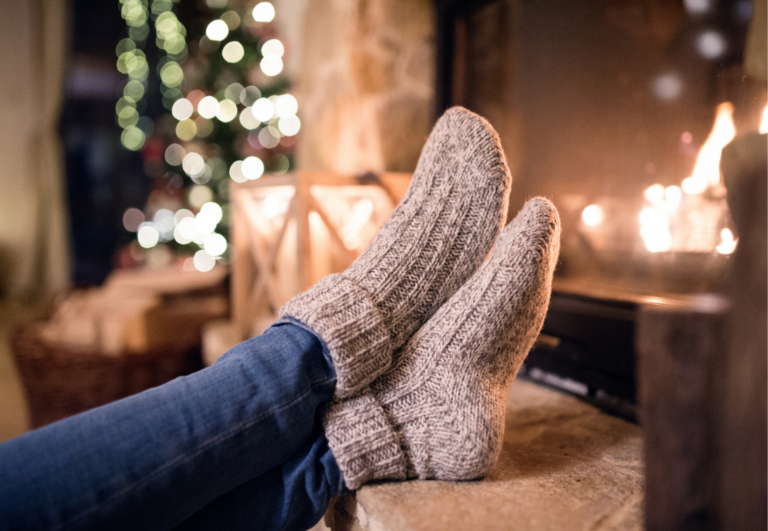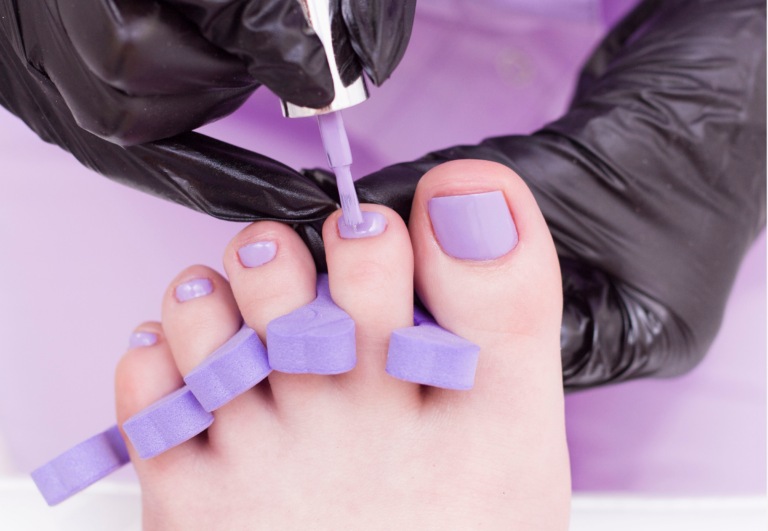How to Use Toe Spacers with Different Types of Footwear: A Practical Guide
Toe spacers have become a popular tool for those looking to improve foot comfort and health. From my experience, incorporating these simple devices into your footwear routine can offer benefits, such as helping to realign the natural structure of your toes, especially if they’ve been squeezed into tight shoes. Comfort is key when it comes to footwear, and toe spacers are designed to enhance this, fitting snugly between your toes to prevent crowding.
Using toe spacers with different types of shoes does require a bit of know-how to ensure they’re effective without causing discomfort. In shoes with a wider toe box, such as running shoes or certain casual shoes, inserting toe spacers is usually straightforward. They can help keep your toes spread out to a natural position, which is beneficial for foot muscles and may reduce the risk of issues like bunions and hammertoes.
It’s important to choose the right toe spacers for your needs and the footwear you plan to wear. There are various materials and shapes available, and selecting the right one can make all the difference. For instance, gel spacers can provide additional cushioning inside your shoe, while firmer spacers may offer more pronounced realignment. With the right toe spacers, you can comfortably enjoy the benefits they offer with most footwear types.
How to Use Toe Spacers With Different Kinds of Footwear
Toe spacers are designed to alleviate foot pain and improve balance by maintaining proper toe alignment. For people with bunions or those seeking comfort in various footwear types, knowing how to use toe spacers effectively is vital.
Proper Placement for Maximum Benefit
When using toe separators, it’s essential to ensure they sit comfortably between each toe. They should apply a gentle pressure to encourage proper toe alignment without causing discomfort. The spacer should fit snugly between the toes, starting with the big toe and working your way down to the pinky toe, which helps distribute pressure evenly across the foot to aid in reducing pain.
- During Placement:
- Check that the spacers are positioned to align the toes without squeezing them.
- Spacers should lie flat against your skin and be made from a material that doesn’t irritate.
Wearing with Different Footwear
Toe spacers can be used with most types of footwear but fit best in shoes with a wider toe box. Here is how to match them with different shoes:
- Barefoot Shoes: Ideal as they mimic the foot’s natural shape, allowing for adequate room for the spacers.
- Running Shoes: Choose those with a broader toe box for better accommodation of the spacers.
- High Heels: Not recommended, as high heels often compress the toes, making it difficult to use spacers effectively.
- Normal Footwear: Ensure the toe box is wide enough to prevent compression of the spacers.
Combining with Socks or Hosiery
To maintain comfort and maximize the benefits of toe spacers, wearing them with socks or hosiery can help reduce friction and enhance grip. Ensure the following:
- With Socks: Preferably wear seamless or wide-toe socks to accommodate the spacers.
- Materials: Opt for breathable fabrics to keep your feet dry and comfortable.
Remember, while toe spacers can help with balance, comfort, and reducing foot pain, they should be used with proper footwear that accommodates their size and your foot’s shape.
Incorporating Toe Spacers into Routine

From my experience, integrating toe spacers into your footwear routine helps improve toe alignment, foot mobility, and overall balance. They’re a beneficial addition to foot care, especially when used with consistency.
Alignment and Stretching Exercises
With toe spacers, I focus on alignment and stretching exercises to enhance mobility. I start my day with gentle toe stretches, slowly separating each toe, facilitating better gait and balance. Doing yoga poses such as “tree” or “warrior,” which inherently work on foot strength and toe alignment, becomes more effective with toe spacers.
Daily Routine Example:
- Morning: 10 minutes of toe stretching with spacers
- Mid-day: Incorporate toe spacers for 20 minutes during desk activities
- Evening: 15 minutes of yoga poses with toe spacers
Daily Use and Progressive Training
I advise using toe spacers daily, beginning with shorter durations and gradually increasing as comfort allows. This approach follows the principle of progressive overload—starting easy and intensifying over time. For those unaccustomed to barefoot training, introduce toe spacers slowly to prevent discomfort.
Progression Schedule:
- Week 1: 10 minutes per day
- Week 2: 15 minutes per day
- Week 3: 30 minutes per day, assess comfort and results
Consulting a Podiatrist
If you’re dealing with foot issues like flat feet or diabetes, consulting a podiatrist before using toe spacers is advisable. They can provide tailored advice reflecting your lifestyle and needs. I’ve found that professional guidance ensures safe and effective use, especially in mitigating any negative impact on your gait or balance.
Dealing with Foot Conditions

Incorporating toe spacers into your footwear routine can help manage various foot conditions by realigning toes and reducing pain. As an expert in toe spacer use, let me guide you through addressing deformities, managing pain, and athlete care.
Addressing Common Toe Deformities
Toe deformities such as bunions (hallux valgus), hammertoes, and overlapping toes are often a result of misalignment and pressure. Toe spacers work to gently separate toes, promoting proper alignment. For bunions, specially designed bunion pads, along with spacers, provide extra cushioning and help to prevent the further progression of the deformity.
- Hammertoe Correction: Flexible toe spacers can be particularly useful in preventing the curling of toes known as hammertoes. They can be worn with comfortable shoes to encourage a more natural toe position.
Managing Pain and Recovery
Toe spacers contribute to pain relief by alleviating the symptoms of foot pain, plantar fasciitis, and metatarsalgia. They reduce pressure on the foot, which reduces inflammation and aids in recovery while being active or during rest.
- Inflammation Reduction: For conditions like rheumatoid arthritis that cause joint inflammation, toe spacers can provide a gentle stretch that helps decrease pain.
- Recovery Aid: By improving toe alignment, toe spacers can play a role in post-injury recovery protocols, enhancing the healing process.
Prevention and Care for Athletes
Athletes often face foot-related challenges due to rigorous training. Toe spacers can improve foot strength and overall performance, and they can aid in reducing the risk of injury.
- Performance Boost: Correct toe alignment ensures better balance and can enhance athletic performance.
- Injury Prevention: Regular use during rest periods can help in preventing toe deformities and conditions such as overlapping toes, which are common in athletes.
By integrating toe spacers into your routine, you provide your feet with the necessary support and alignment to handle the daily stresses and the special demands of athletic activities.
Additional Considerations
When selecting toe spacers, I consider the type of footwear they will be paired with. For example, if I plan to wear them with running shoes, I look for spacers that are low-profile and fit comfortably within the confines of the shoe. Conversely, for open-toe shoes or when I’m at home, I might choose a more robust spacer that offers a greater degree of separation.
I’m well aware that price and durability are essential factors. Amazon offers a variety of options where I can compare prices and read user reviews to judge durability. I prefer to invest in higher-priced spacers if they are more durable and provide the right balance for my individual needs.
- Footwear Type
- Running shoes: Slim, low-profile spacers
- Open-toe: More robust spacers
- Shopping Considerations
- Price Vs. Durability: Higher price can align with better durability
- User Reviews: Check Amazon for feedback on effectiveness and safety
For those with foot problems, such as bunions or overlapping toes, spacers designed for those specific issues can be found. These are crafted to offer both comfort and therapeutic benefits within the shoe, allowing daily activities to continue without interruption.
Lastly, while effective, spacers are not a cure-all. They bolster other efforts, such as foot exercises, to promote better foot health. It is crucial to address individual needs when choosing toe spacers and consider consulting a professional for severe foot problems.
Quick Overview of Toe Spacers
In exploring how to use toe spacers with different types of footwear, it’s essential to grasp their types, materials, benefits, and sizing for optimal comfort and foot health.
Types and Materials
Toe spacers come in several materials:
- Silicone: Durable and flexible, ideal for conforming to your foot’s shape.
- Gel: Soft and cushioning for a comfortable fit but may wear out quicker.
- Foam: Lightweight and gentle separation, suitable for sensitive skin.
The choice of material affects the spacers’ fit and longevity. Silicone toe spacers are often recommended for their balance of comfort and resilience.
Benefits of Toe Spacers
Using toe spacers provides significant benefits:
- Alignment: They encourage proper toe alignment which can alleviate pressure.
- Circulation: Improved toe spacing can enhance circulation in your feet.
- Foot Health: Regular use may contribute to overall foot health over time.
It’s worth noting that while silicone and gel spacers offer more comfort, consistent use is key to seeing benefits.
Choosing the Right Size and Fit
Finding the right size toe spacer is crucial:
| Toe Spacer Size | Fits |
|---|---|
| Small | Typically for the little toe or smaller feet. |
| Medium | Often suitable for average-sized feet. |
| Large | Designed for the big toe or larger feet. |
The toe spacer should fit snugly but not cause discomfort. Pressure in any area suggests a need for a different size or material. Comfort is the priority when selecting the right toe spacer for use with various types of footwear.





